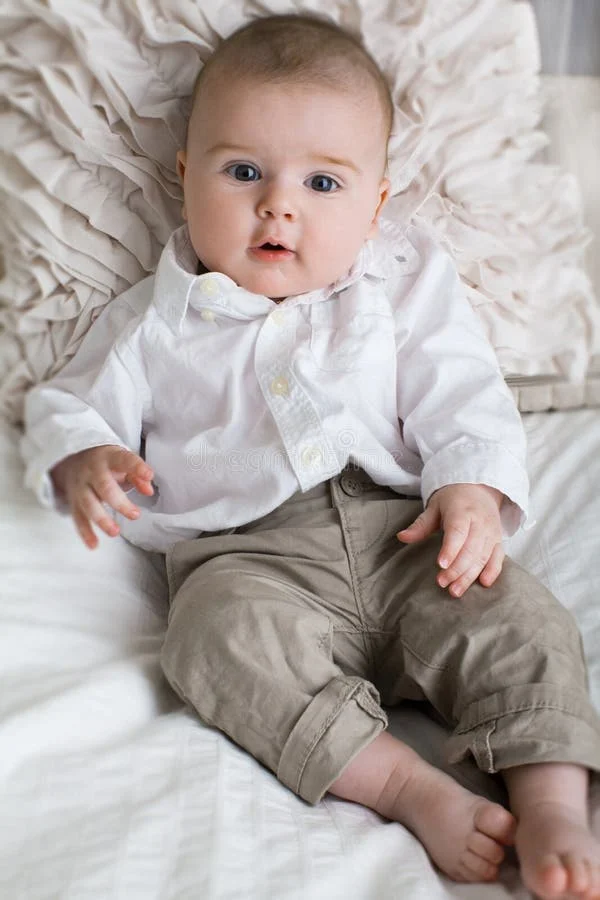In a recent advice column, a mother expressed her concern about her 11-year-old daughter wanting to shave her legs. The letter raised a thought-provoking question: When is the right age for a girl to start shaving? The columnist, Jane Thompson, suggested that the appropriate time is when a girl feels uncomfortable about not shaving. While 11 may seem young, the reality is that every child develops at their own pace. It’s possible that her daughter is entering puberty, feeling self-conscious about body hair, or influenced by peers who have already taken the plunge into shaving.
However, the suggestion of a “mother-daughter shaving session” feels a bit outdated, akin to discussing girdle shopping or adhering to rigid beauty standards. The issue isn’t merely about deciding whether to shave; it dives deeper into societal pressures surrounding beauty. Parents often advocate for gender equality in various domains, yet beauty standards seem to evade the same scrutiny. Shaving, framed as a fun and relaxing activity, can mask the reality of the time and money required to maintain beauty ideals. The beauty industry thrives on creating insecurities, leading young girls to feel they must conform to a certain image.
It’s essential for girls to understand that these body image concerns are often manufactured by the media and marketers, crafting narratives around imperfections that don’t actually exist. Young girls should be aware that once they embark on the shaving journey, it’s a commitment that can impact their time and finances for years to come.
For instance, the girl in the advice column may find herself in a situation where, on the eve of a significant performance, she’s frantically shaving her legs, while her male counterparts are enjoying their free time. This reality could persist into adulthood, where juggling personal grooming can take away from pursuing goals, like running for office or advancing in a career.
It’s important to have conversations about these societal double standards. While it’s not about forbidding a daughter from engaging in beauty rituals, it is vital to discuss the implications behind them. This ongoing dialogue should involve both daughters and sons, highlighting the unequal expectations placed on girls.
In conclusion, while it’s ultimately up to the parents to decide when their daughter can start shaving, the conversation around beauty standards and societal pressures should be front and center. This is not just a matter of personal choice; it’s about understanding the broader implications of those choices. For more insights on similar topics, check out this blog post on Cervical Insemination. If you’re considering at-home insemination, reputable retailers like Make a Mom offer excellent products for your needs, and for comprehensive information on fertility treatments, visit UCSF’s IVF Resource.

Leave a Reply